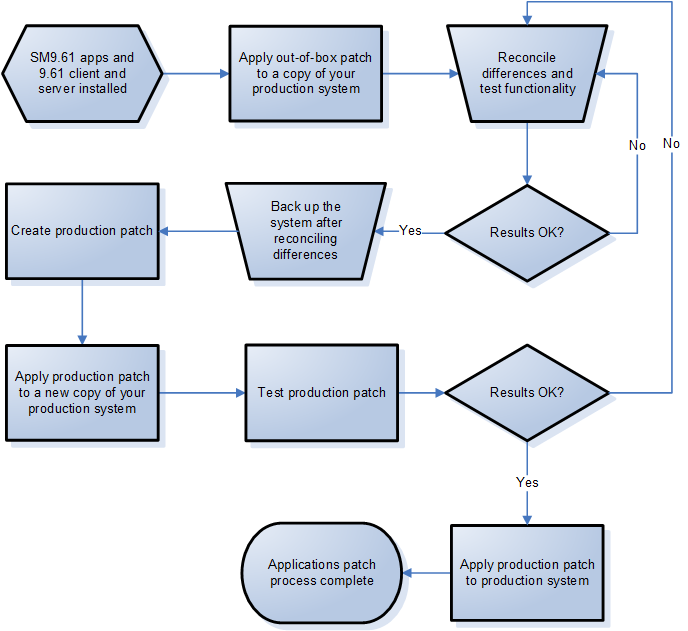Searching the Help
To search for information in the Help, type a word or phrase in the Search box. When you enter a group of words, OR is inferred. You can use Boolean operators to refine your search.
Results returned are case insensitive. However, results ranking takes case into account and assigns higher scores to case matches. Therefore, a search for "cats" followed by a search for "Cats" would return the same number of Help topics, but the order in which the topics are listed would be different.
| Search for | Example | Results |
|---|---|---|
| A single word | cat
|
Topics that contain the word "cat". You will also find its grammatical variations, such as "cats". |
|
A phrase. You can specify that the search results contain a specific phrase. |
"cat food" (quotation marks) |
Topics that contain the literal phrase "cat food" and all its grammatical variations. Without the quotation marks, the query is equivalent to specifying an OR operator, which finds topics with one of the individual words instead of the phrase. |
| Search for | Operator | Example |
|---|---|---|
|
Two or more words in the same topic |
|
|
| Either word in a topic |
|
|
| Topics that do not contain a specific word or phrase |
|
|
| Topics that contain one string and do not contain another | ^ (caret) |
cat ^ mouse
|
| A combination of search types | ( ) parentheses |
|
Applications patch upgrade overview
This section describes the Service Manager Applications Patch Manager and how to use it to update your applications to the latest applications release.
The Service Manager Applications Patch Manager enables you to keep your Service Manager applications up to date without going through a complete application upgrade. By adding incremental updates, you decrease the number of changes you will need to reconcile on your next application upgrade.
Applications patch releases include fixes and enhancements. Any changes required for those objects are described in the Release Notes.
This version of the Applications Patch Manager updates your Service Manager applications from version 9.60 to the latest patch. After the patch is applied, the version of your Service Manager applications will be 9.61.00xx. Before you can apply the applications patch, you must first install the required minimum patch version of the Service Manager 9.61 client and server. For instructions, see Process of a major upgrade.
Applications Patch Manager requirements
Be sure to meet the requirements before you try to apply or create an applications patch.
Required knowledge
You should be an experienced System Administrator who is familiar with your Service Manager installation.
You should be familiar with the following:
- How your existing Service Manager system operates
- How the application files function
- How to compare records
- The Rapid Application Development (RAD) environment
If you do not have the administrative experience necessary to apply the applications patch, you may need assistance from your local application developers and database administrators. You can also contact Customer Support.
Required tools
After applying an applications patch, it is necessary to reconcile any conflicts that are discovered by the Applications Patch Manager. The utilities you will use most when reconciling conflicts include:
Required software
Service Manager system requires the following prerequisites:
- Service Manager application release level: 9.60
- Service Manager application release language: All languages for 9.60
- Service Manager client/server release level: 9.61 or greater
- The Service Manager server process must have read-write access to the database.
For detailed information, see the release notes that came with the Application Patch.
Documentation resources
You may require access to the Service Manager9.61 Help Center for the following Service Manager information:
- Information about Database Manager, Display application, Forms Designer, Merge Utility, and the RAD Editor.
- Instructions about how to upgrade your Service Manager server and clients to version 9.61.
- Information about Software Change Requests (SCRs), enhancements, and known issues.
Implementation overview
Before you can apply the Applications patch, you must first upgrade the client and server to the required minimum patch version. Do not upload the data files. Then apply the applications patch on a copy of your production system. The Applications Patch Manager installs new objects and determines whether previously existing objects are identical to the ones installed originally. If an existing object is unchanged from the original object for your existing version of Service Manager, the Applications Patch Manager replaces it with the new object. If the object on your system is different from the original for that version, the Applications Patch Manager leaves the old object untouched. The Applications Patch Manager also installs the new object and adds a prefix (NEW9.61.00xx) to the name of the new version.
You can keep your old version, accept the new one, or merge the two versions. How much work this will require depends on whether the particular objects that this patch updates were tailored on your system, and on the specific differences that exist.
Note Make sure that you back up the database of your production system before applying the production patch, because the only way to roll back your system after applying the production patch is to restore the database.
See the following figure for Applications Patch Manager process flows:












